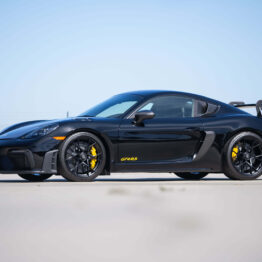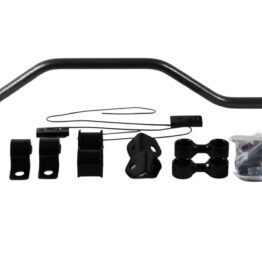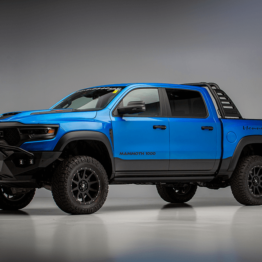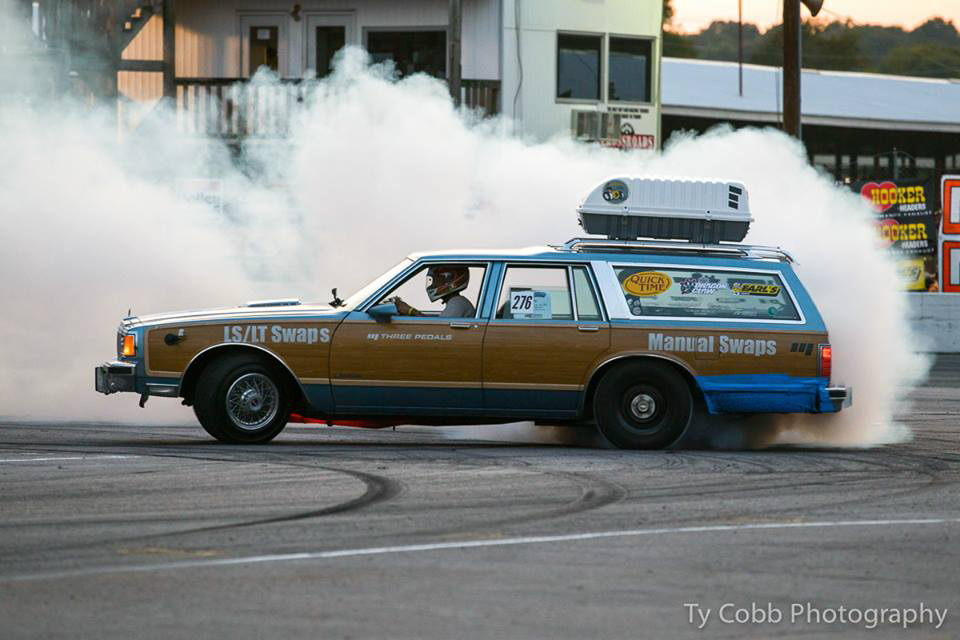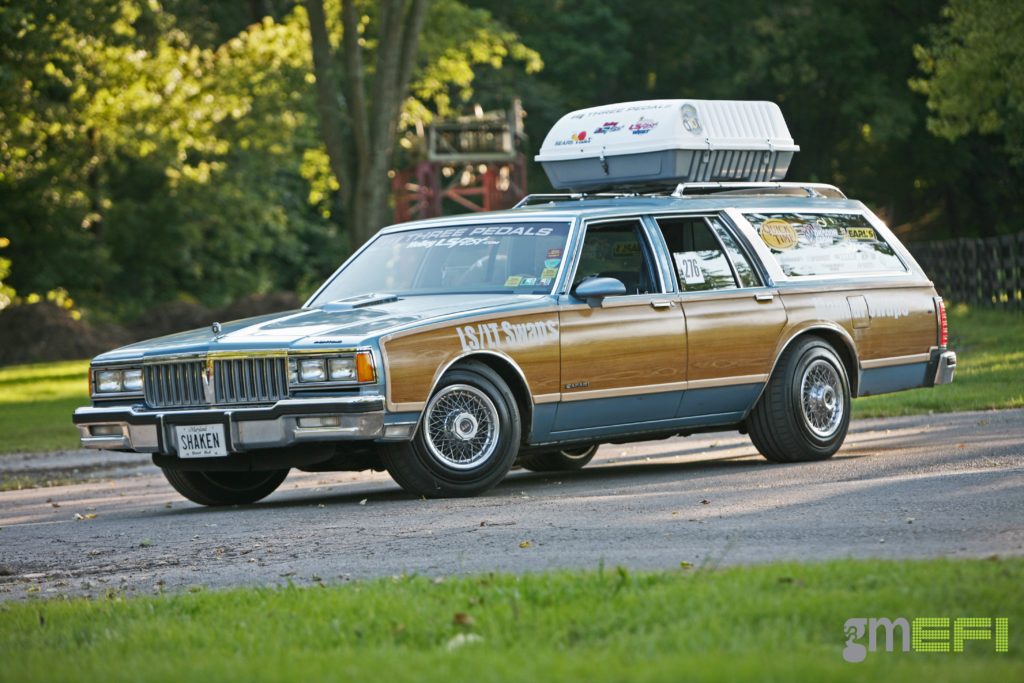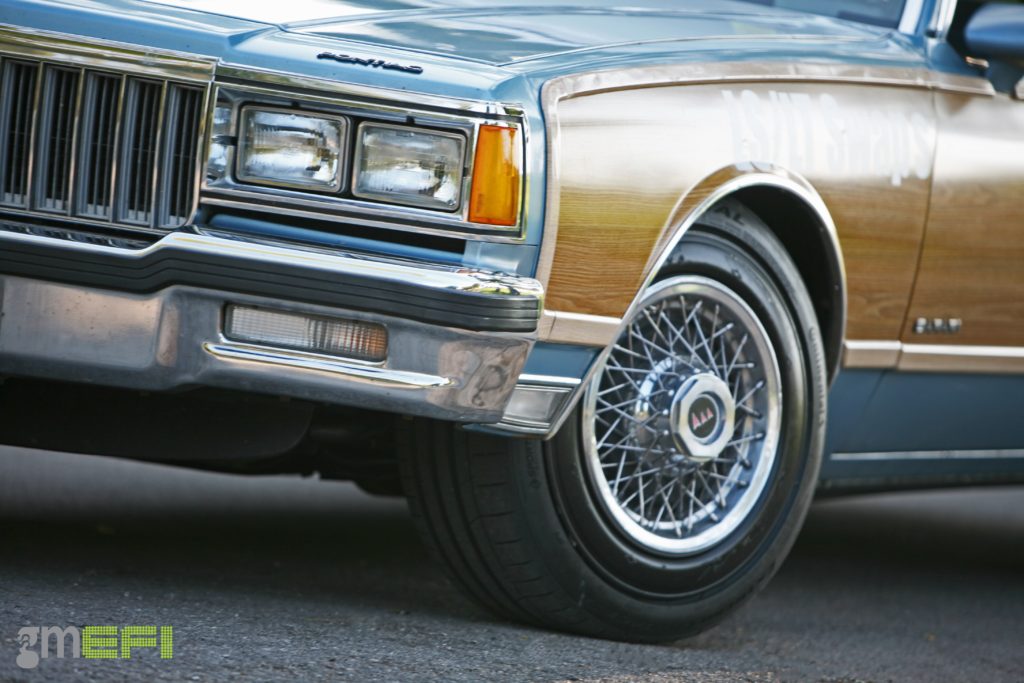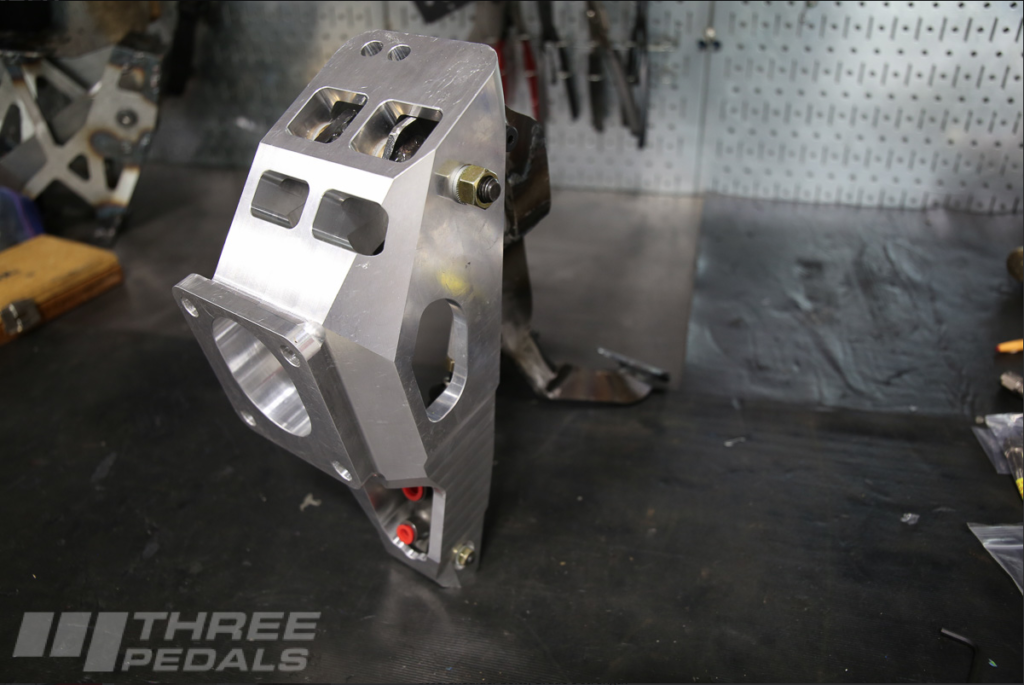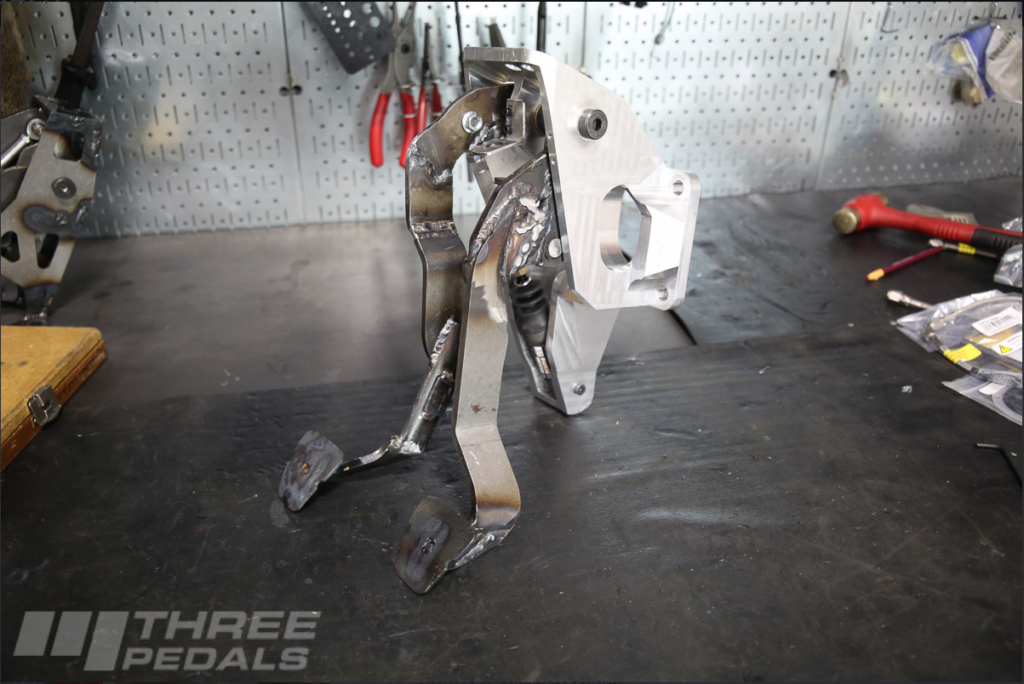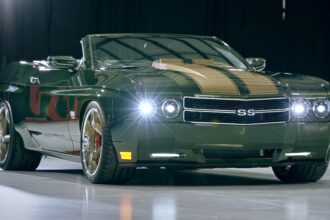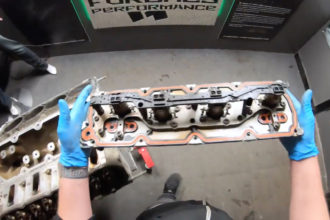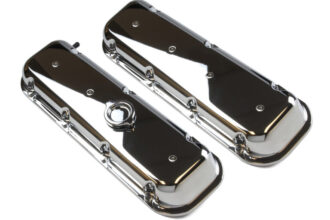photos by: the author, Josh Korsower and various sources
We Sit Down with Josh Korsower of Three Pedals to Get an Inside Look of What Goes Into Their Hardware
In recent months, we’ve been following along to what a small, but growing company, called Three Pedals, has been producing in terms of clutch pedal kits and full-on car builds! They initially caught our attention two years ago at Holley LS Fest 2016, when we spotted a blue ’89 Pontiac Safari wagon with a 2nd-gen Trans Am scoop sticking out of the hood.
Obviously knowing it was LS-powered, considering the venue, we had to go in for a closer look!
Upon our first meeting with Josh Korsower and his two business partners, Seth Betaharon and Seth Potack, it was certainly abundant that these guys were onto something different, and truth be told, they were cut from a different cloth from many in the industry.
We say that, because they dove into an industry with a niche product that nobody was building. Before Three Pedals, many enthusiasts had to concoct a hodgepodge pedal assembly, or source one from a junkyard from a wreck of a different model — and hope that it would provide them with what they needed. In addition to that, they put their Safari wagon through the wringer. This isn’t a show car, this is a tried-and-true, and thoroughly-tested track star, burnout contest winner and Hot Rod Power Tour participant.
Looking to manufacture a high-quality, purpose-built clutch pedal assembly that provides the proper pedal feel to those who like to heel-and-toe, Three Pedals stepped up to the plate in a big way. To take things a step further, Three Pedals has quickly evolved from a few guys cranking out B- and now G-body clutch pedal assemblies, to a team of car builders who wrench on just about anything.
They’re now performing complete engine and drivetrain swaps, engine builds and purpose-built track cars. We’ve featured their Safari a while back, and just recently, a GEN-V swapped ’96 Impala SS.
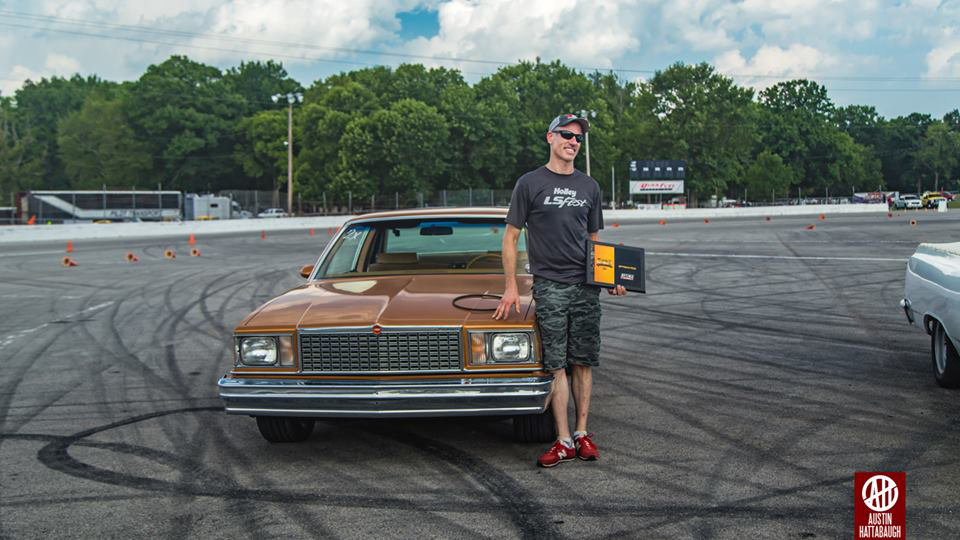
Josh poses with the Car Craft Malibu, which they used to mock up their G-body pedal assembly. Look for a set in our Project Hurst/Olds in the coming months!
GMEFI Magazine: You say your pedal assemblies have been “torture-tested,” can you tell us some more about what that means?
Josh Korsower: We test our parts on the track — road course and autocross — to put them under the same stresses our customers will likely incur. Prior to making the parts, we engage an outside engineering firm to conduct finite element analysis to ensure our parts are sufficiently strong. We use heavy duty Oilite bushings for rotating parts as these are permanently lubricated and maintenance free. In contrast, the GM factory pedal bushings are thin plastic and I have seen them crack. Our pedal arms are made from chromoly steel which has about twice the yield strength of mild steel.
GMEFI: How much time was invested in the design to get the pedal assemblies to fit perfectly in the stock location, and feel like stock pedals?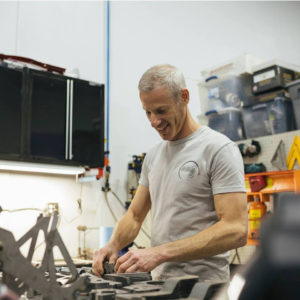
JK: Hard to estimate total time, but a lot! I made our first Impala clutch pedal in 1996 and we sold 167 of those. It was a stand alone clutch pedal, and the pedal arm was an OEM Camaro arm that we cut and re-welded to get the position right. When launching Three Pedals I created a completely new design, moving to an integrated clutch and brake pedal assembly. Once the stock brake pedal is removed, we provide a template used to mark several holes to drill in the firewall, and then our assembly fits right in. We include a rubber seal to keep the cabin leak free.
GMEFI: What goes into the manufacturing of each 6-speed kit?
JK: To keep the clutch pedal throw and resistance feeling “normal” we use a 6:1 leverage ratio and pedal travel is also similar to a late-model Camaro.
We make our pedal assembly, transmission crossmember, and center console insert in-house, TIG-welding all steel components. When assembling each pedal assembly we use Delrin shims to ensure that each pedal arm rotates freely yet does not rock side-to-side. To weld our crossmember we have special fixtures made up that allow us to also weld nuts to the top of the crossmember where it mounts to the frame, just like the factory does (but no other aftermarket companies do that).
GMEFI: How did you predict that the B-Body 6-speed conversion would be so popular?
JK: I am not so smart as to have predicted the Impala 6-speed market — me and my friend Seth Betaharon created the parts for my car, and then we discovered how many other people were interested in this conversion. We were pleasantly surprised by the demand!
GMEFI: What’s next for the conversion kits? What, if any, new applications are you working on?
JK: We just introduced our G-Body clutch and brake pedal assembly covering 1978-88. The same bracket fits 1977-90 GM B-Bodies, but with different pedal arms. Next up we are working on full-size truck pedals starting with the GM “Squarebodies” (’73-87) and the ’03-11 Ford Crown Victoria. We also have a few other designs in mind for some older cars but not ready to go into details yet.
In the coming weeks, we’ll be paying our friends at Three Pedals a visit at their D.C. area facility, to take a firsthand look at what they do and how they do it. You won’t want to miss it, so keep it here to GMEFI Magazine, and don’t forget to subscribe!

Rick Seitz is the owner and founder of AutoCentric Media, and has a true love and passion for all vehicles; GM, Ford, Dodge, imports, trucks — you name it! When he isn’t clacking away on his keyboard, he’s building, tuning, driving or testing his current crop of personal projects!

